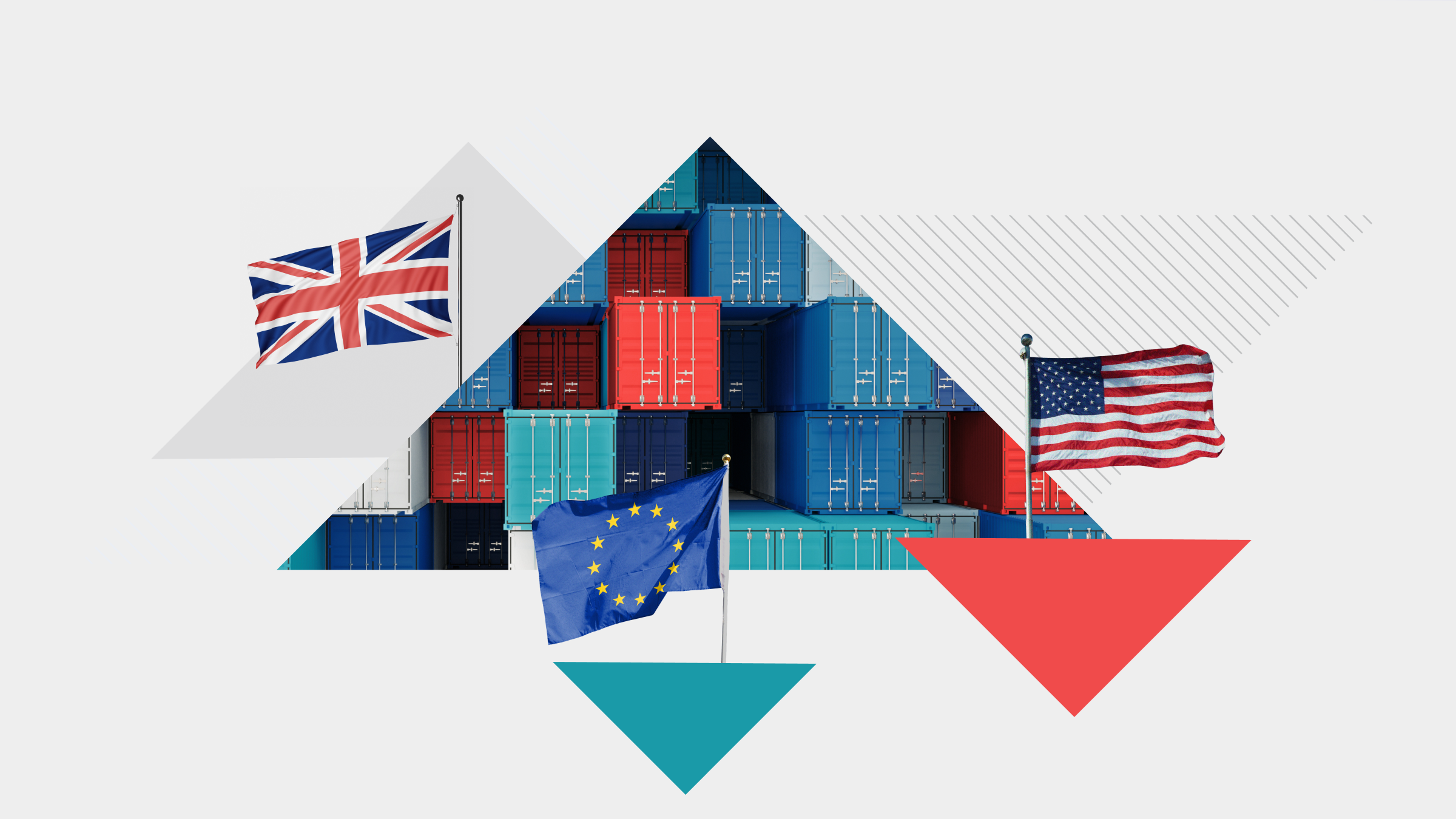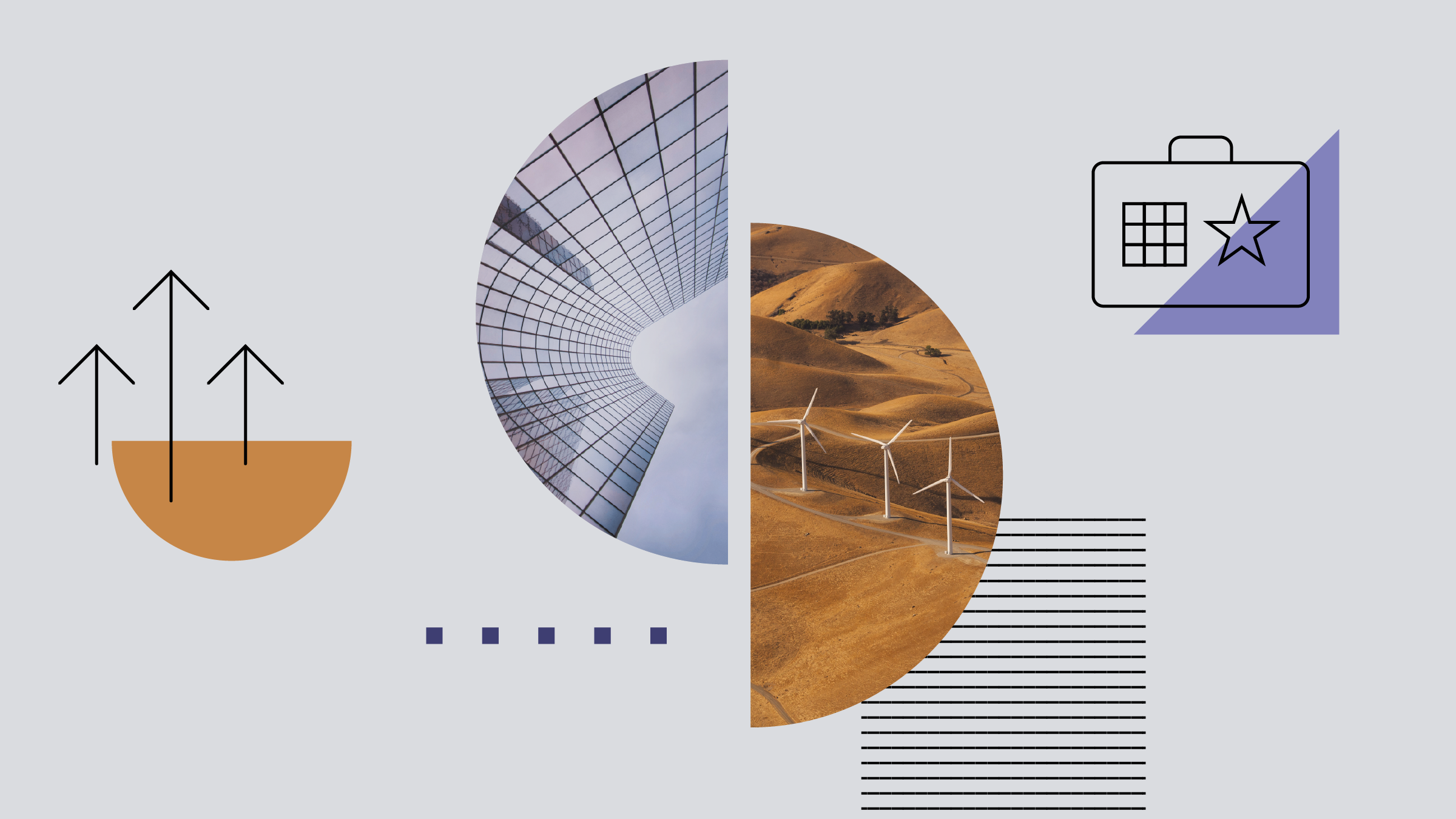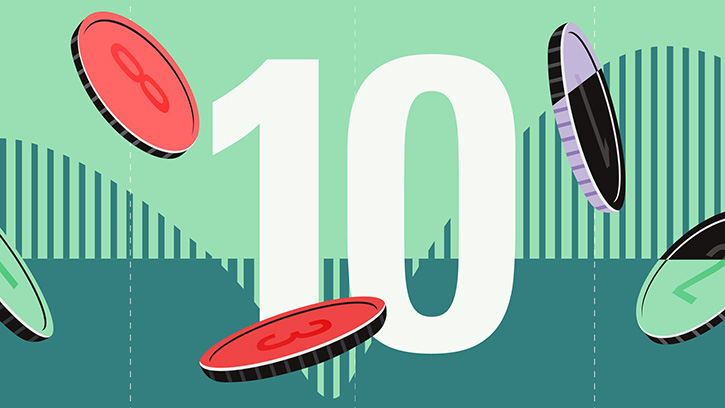Rolle im Portfolio
The iShares MSCI Russia ADR/GDR provides equity exposure to Russia. As with all single country emerging market exposures, this iShares ETF would be best deployed as tactical tool within a well-diversified portfolio. The ETF can also be deployed as a core holding complementing exposure to emerging markets in Asian and Latin America. Moderate correlation with international stock markets offers some diversification benefits to the portfolio. The MSCI Russia correlated 84% with the MSCI World Index and 72% with the MSCI Europe Index over the last three years.
Investors should keep in mind though that Russia has been the most volatile of the emerging markets. The MSCI Russia fell almost 75% in 2008, and subsequently gained 100% the following year. This can be partly explained by fluctuations in the price of oil, which plummeted 54% in 2008 and leapt by 79% in 2009. The MSCI Russia had a standard deviation of 29.1% over the last three years compared to 22.9% for the MSCI EM Latin America Index and 19.6% for the MSCI EM Asia Index.
Before considering an investment, investors should review their portfolio for existing exposure to both the energy sector and Russian equities (for instance, Russian equities account for approximately 6% of the value of the MSCI Emerging Markets Index) to avoid unintentionally over weighting this region and sector, respectively.
For tactical purposes, this ETF is most suitable for investors either with a bullish view on oil--and energy prices in general--given the benchmark’s high correlation (0.73) to oil over the last five years or for investors believing that Russian stocks are generally undervalued.
Fundamentale Analyse
Russian equities continue to trade at a discount to shares in other emerging markets. This persistent discount can be partly explained by rampant corruption and state interference within Russia. These are key risk factors for Russian companies; hence investors demand higher risk premiums. The government’s share in the Russian economy is estimated at about 50%. While Russia has announced a programme worth around $100bn to free up huge parts of the economy from government ownership, details remain sketchy.
The Russian economy is heavily dependent on energy prices as about half of its annual income comes from oil and gas revenues. In fact, it is estimated that the nation’s budget is now only balanced if the oil price is around $120 per barrel, up from a level of $50 per barrel in 2008. Over the last decade, oil revenues have been used to fund increases in social spending, helping many pensioners and state employees to escape poverty. By the same token, Russia struggles whenever export demand for oil and other commodities falls.
In the wake of worse than expected Q2-13 GDP figures, Russia has cut its growth forecast for 2013 from 2.4% to 1.8%; below the IMF’s forecast of 2.5% and the central bank’s 2%-2.5%. In addition, the government also cut its growth forecast to 2.8%-3.2% for 2014.
Overall, the economy continues to struggle with falling investment and industrial output; putting Russia in a difficult situation as it tries to stimulate growth while curbing rising inflation. Despite pressure from officials and industrialists, Russia’s central bank refuses to lower interest rates in order to boost growth as long as inflation remains above its target rate of 5%-6%. The bank argues that a rate cut could spur inflation while doing nothing to boost output or create jobs. The bank also shies away from large interventions in the foreign exchange market, despite the fact that a weaker Ruble could support Russian exports and help a government budget heavily reliant on the revenue from commodity exports. Failing monetary policy support, the government bets on a good harvest and a strong recovery of Europe – its main trading partner – to boost the economy in the second half of the year and beyond.
Elsewhere, the Central Bank is taking steps to improve its monetary policy framework to bring it in line with the European Central Bank and the Bank of England. By streamlining its system of policy interest rates and creating a better defined short-term interest rate band, the bank hopes to increase transparency to reach its goal of price stability. In addition, the bank will switch fully to an inflation-targeting policy by 2015. As a result, the Ruble will have to float freely, putting an end to any foreign exchange intervention.
All things considered, it seems fair to say that until adequate policy steps are taken by the government and corruption is effectively tackled, Russian equities should be expected to continue trading at a big discount to other Emerging Markets.
Indexkonstruktion
The reference index is based on the MSCI Russia Index. The index is a free float-adjusted market capitalisation weighted index and reflects the performance of 85% of the Russian investible equity universe, subject to a global minimum size requirement. In addition, the MSCI Russia ADR/GDR Index excludes all constituents without liquid depositary receipts listings. The index is rebalanced quarterly and calculated in US Dollars on an end of day basis. The composition of the underlying economy leads to an index heavily biased towards the energy sector (58% of the index’s value), followed by financials (17%) and telecommunication services (9%). The index is very top heavy, with the top five constituents representing over 60% of the index’s value.
Fondskonstruktion
This ETF uses physical replication techniques to track the performance of the MSCI Russia ADR/GDR Index. The fund holds all the constituents of the index. iShares may engage in securities lending within this fund to generate additional revenues for the fund. The lending revenues generated from this activity are split 60/40 between the fund and the lending agent BlackRock, whereby BlackRock covers the costs involved. To protect the fund from a borrower’s default, BlackRock takes collateral greater than the loan value. Collateral levels vary from 102.5% to 112% of the value of securities on loan, depending on the assets provided by the borrower as collateral. Additional counterparty risk mitigation measures include borrower default indemnification. Specifically, BlackRock commits to replace the securities that a borrower would fail to return. The indemnification arrangement is subject to changes, and in some cases without notice. Finally, BackRock limits the amount of assets that can be lent out by this ETF at 50%.Cash received as dividends from the underlying stocks is held in the fund’s income account until it is distributed to fund holders. Distributions are made on a quarterly basis. This dividend treatment can potentially create a drag on returns in upward trending markets as dividends are not reinvested into the fund. In practice this cuts both ways. It could also result in outperformance if the benchmark falls in the interim period.
Gebühren
The fund levies a total expense ratio of 0.65%. This falls at the middle of the range for ETFs tracking Russian equities. Other costs potentially borne by the shareholder but not included in the total expense ratio include bid-ask spreads and brokerage fees.
Alternativen
At the time of this writing, there are quite a few ETFs offering exposure to the Russian equity market. At the moment the largest ETF tracking Russian equities is the Lyxor ETF Russia (DJ Russia GDR), which tracks the DJ Russia GDR Index. At 56% of the index’s value, the fund has a comparable exposure to the energy sector. The Lyxor ETF also levies a total expense ratio of 0.65%.
iShares also offers the iShares MSCI Russia Capped Swap ETF. The reference index is also a free-float market capitalisation weighted index. However, the maximum weighting differs from the one discussed here. The weight of the largest constituent is capped at 30% and the remaining at 20%. If the largest component stock exceeds 35% of the index value on an intra-quarter basis, the security will be capped at 30%. The fund levies a TER of 0.74%.
Moreover, HSBC offers the HSBC MSCI Russia Capped Index. The fund uses physical replication to track its Russian equity benchmark. The fund levies a total expense ratio (TER) of 0.60% and is denominated in U.S. dollars.

















